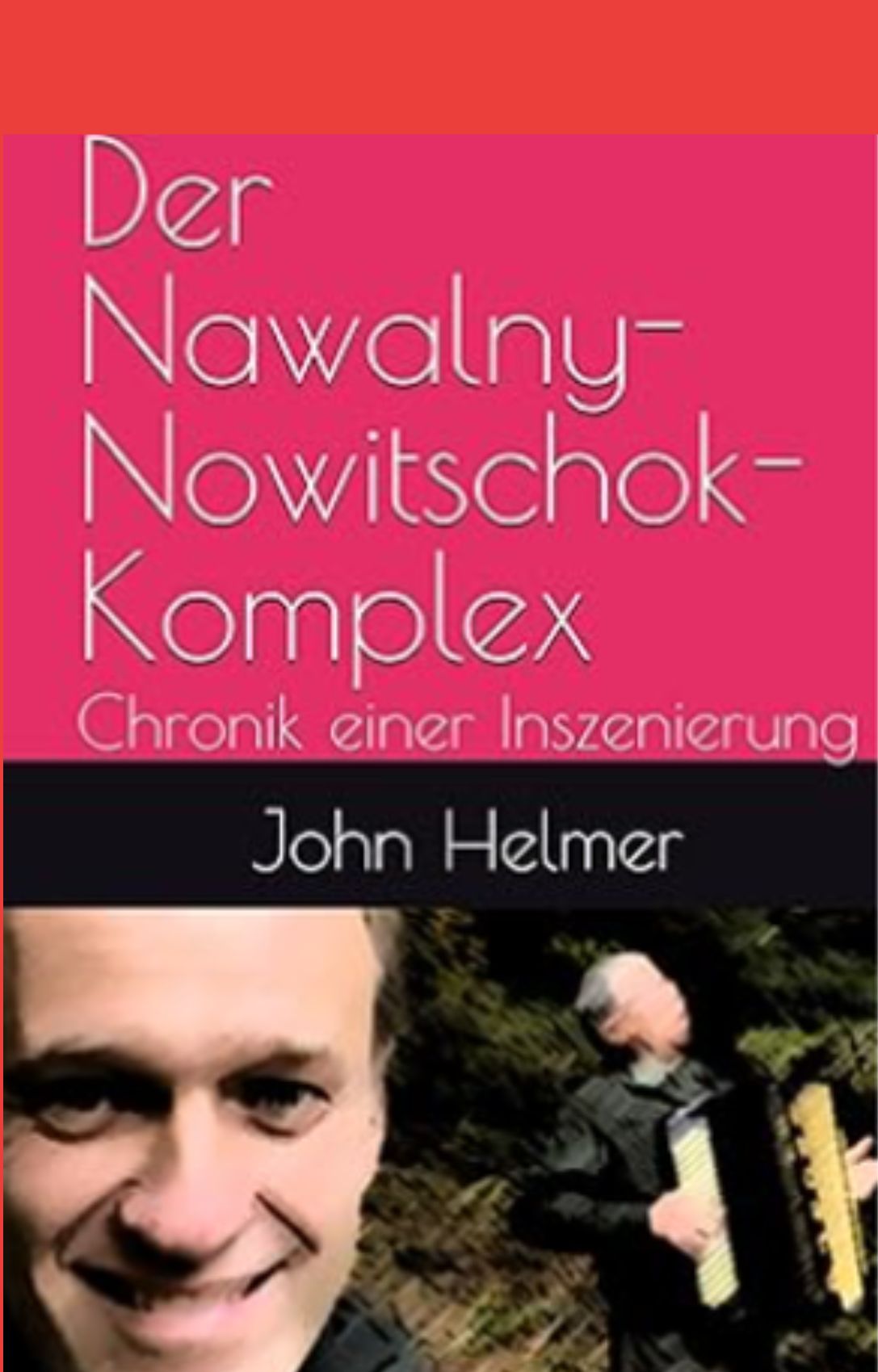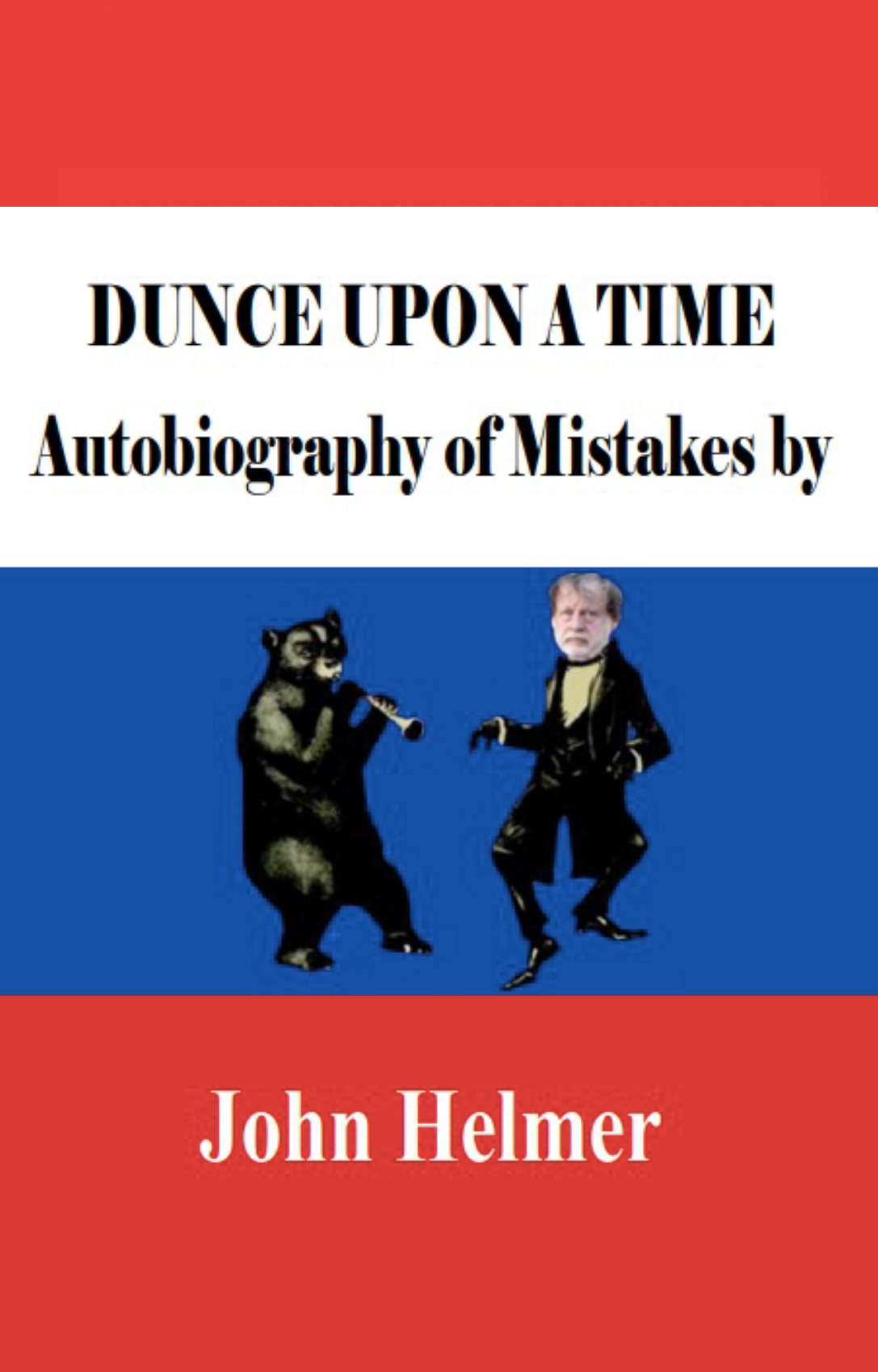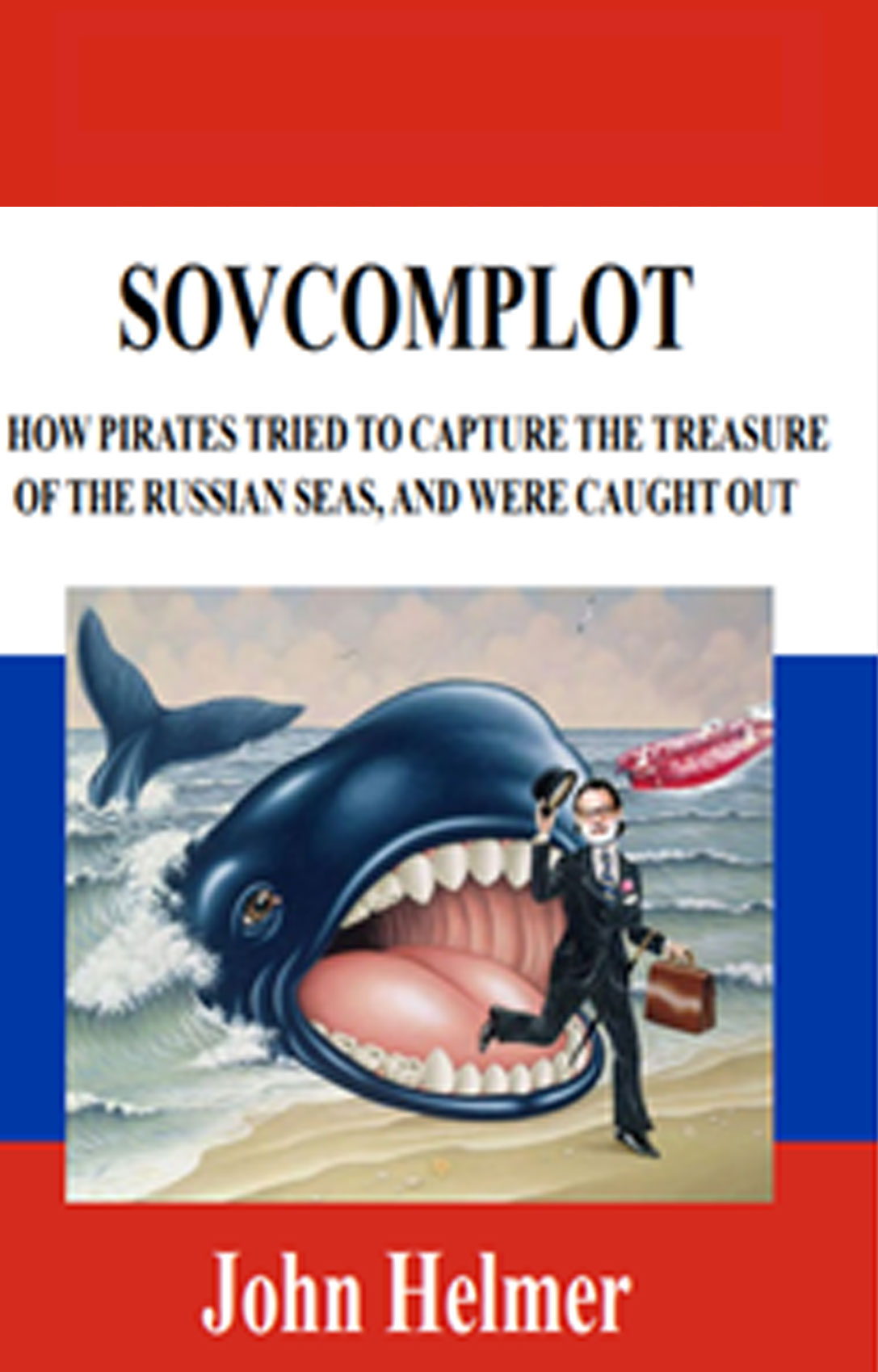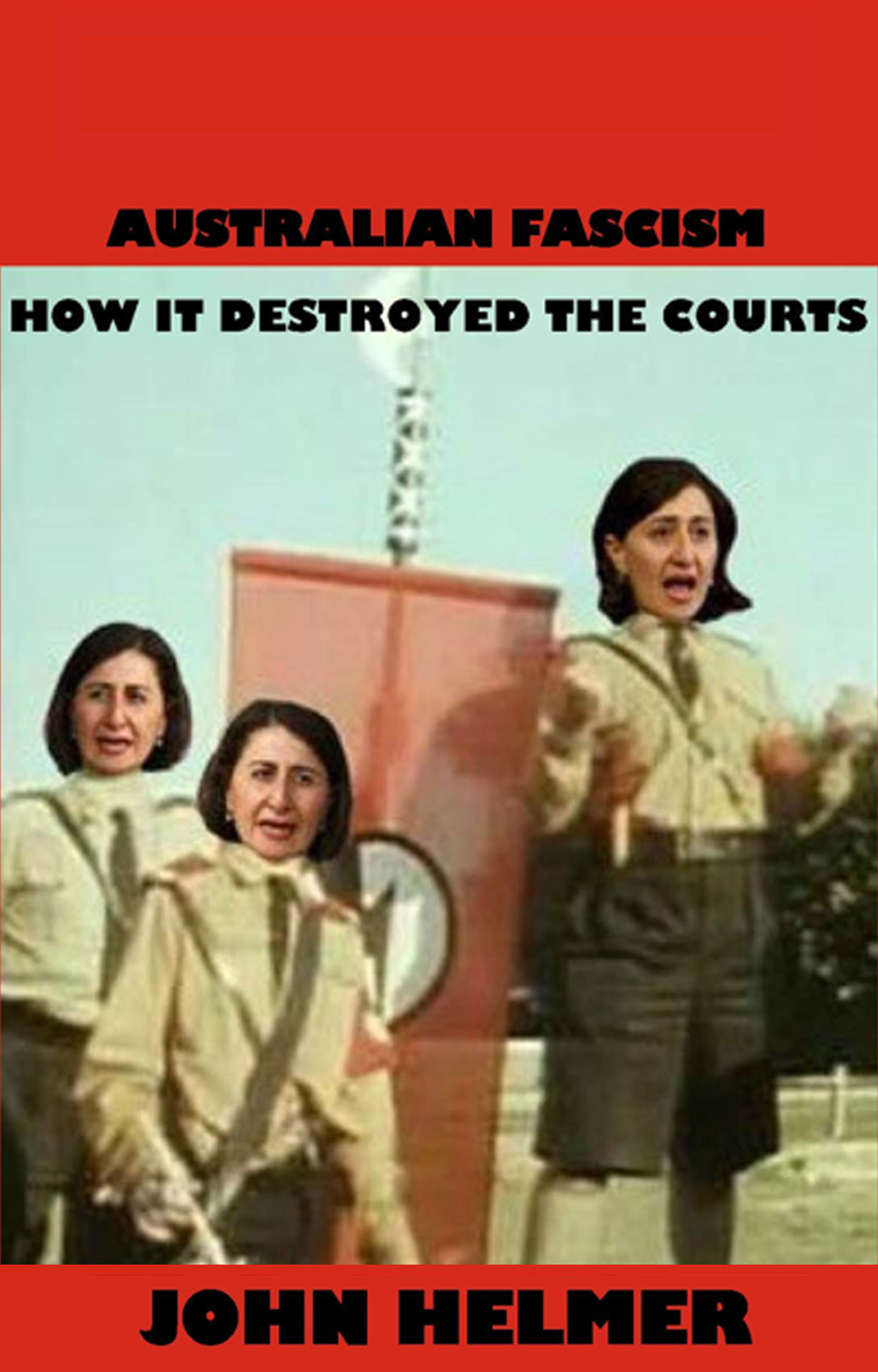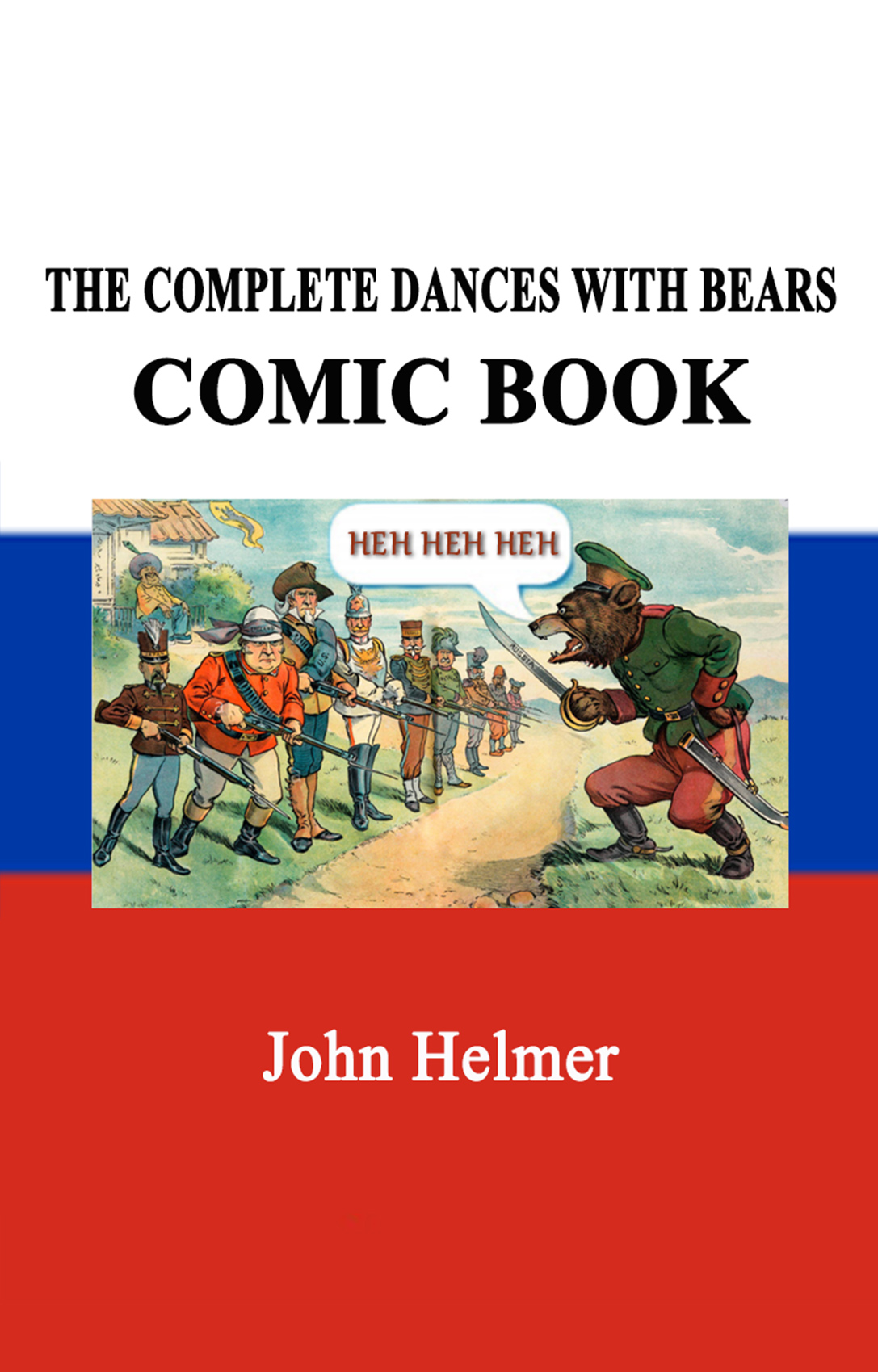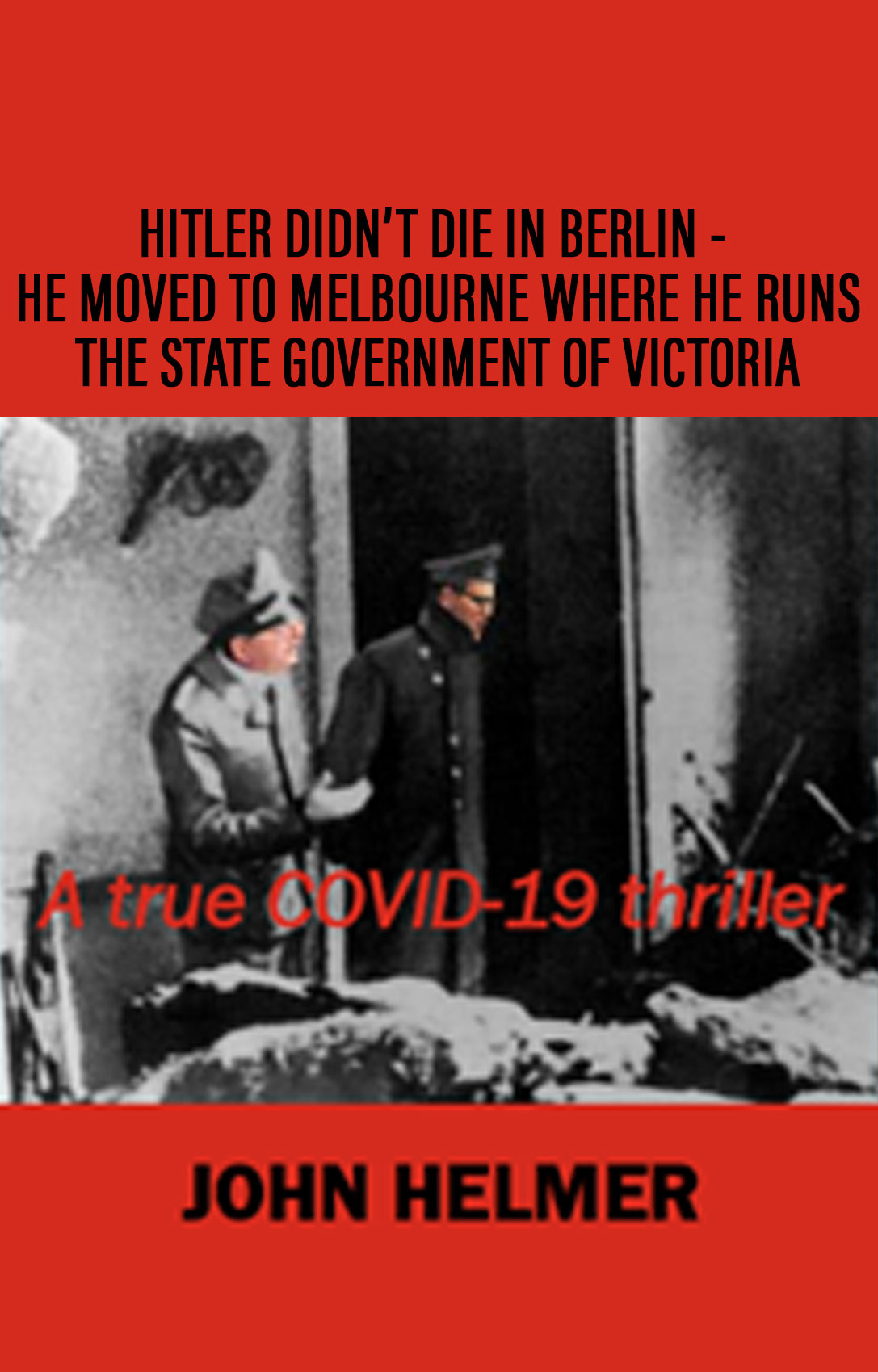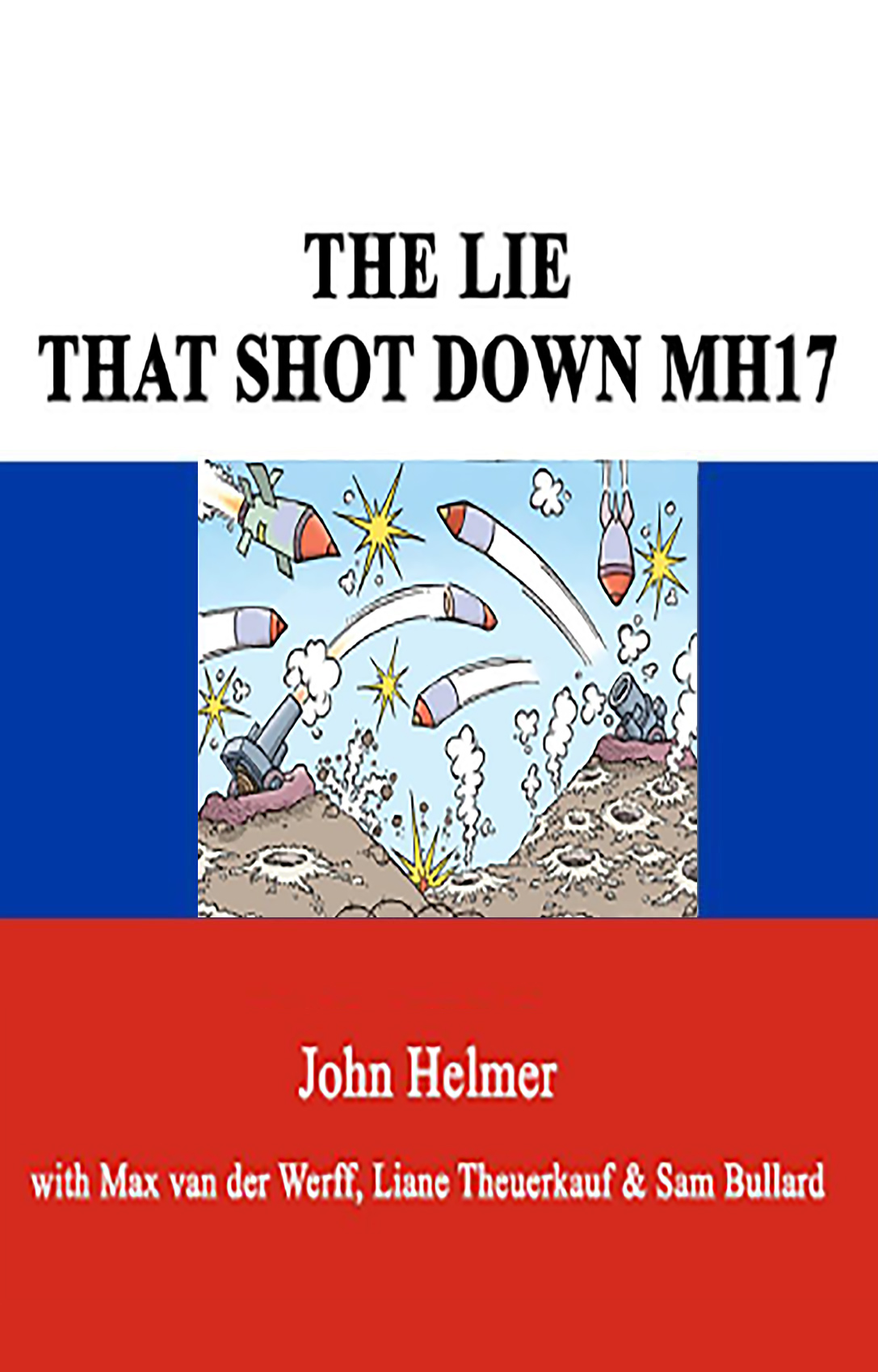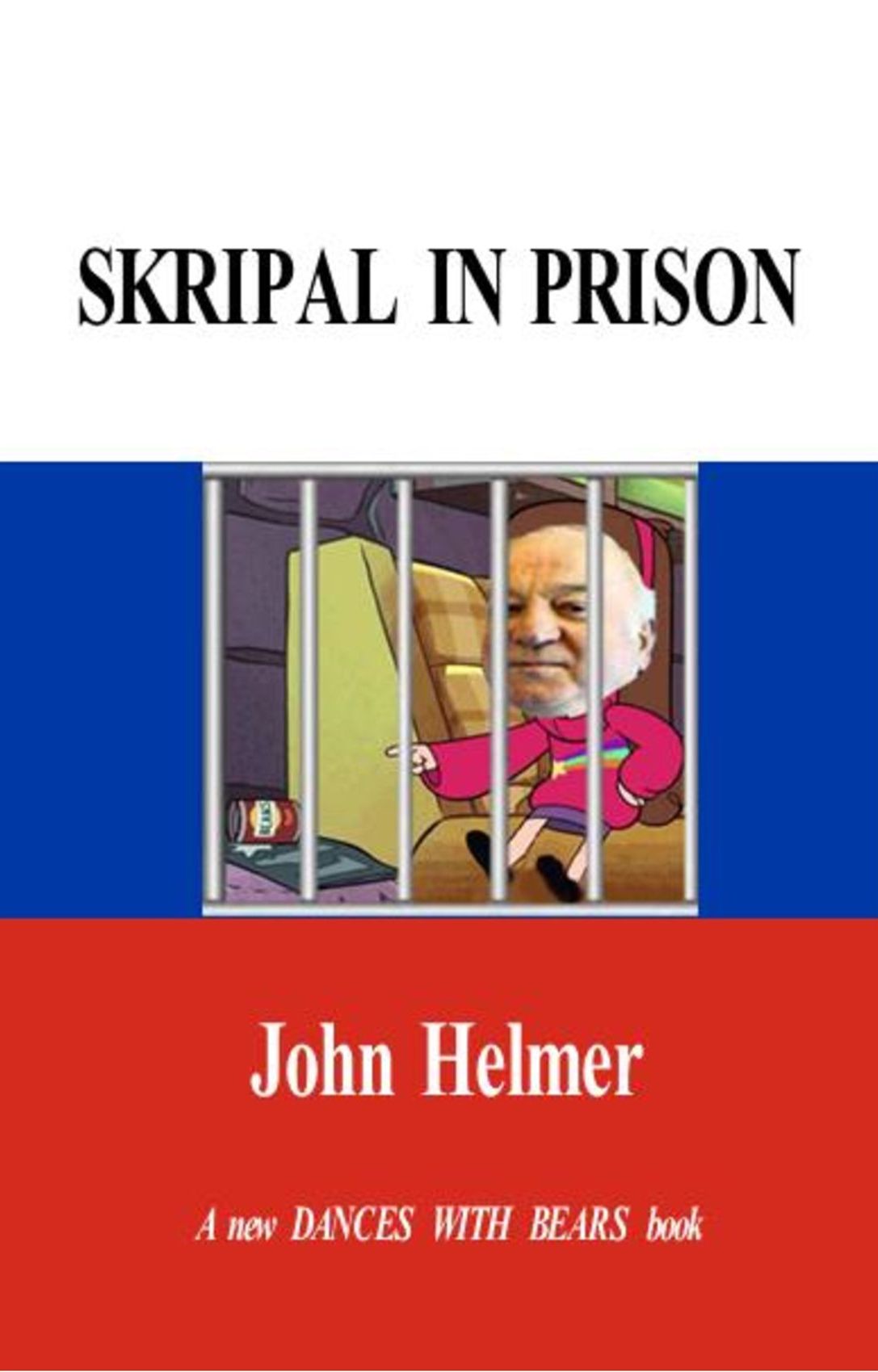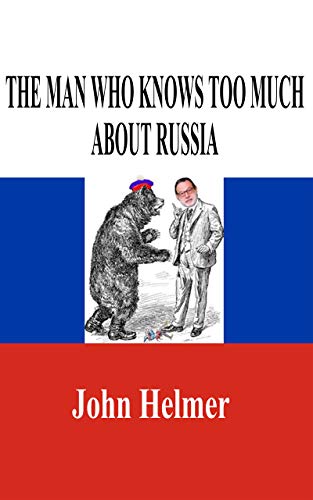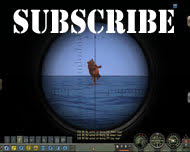
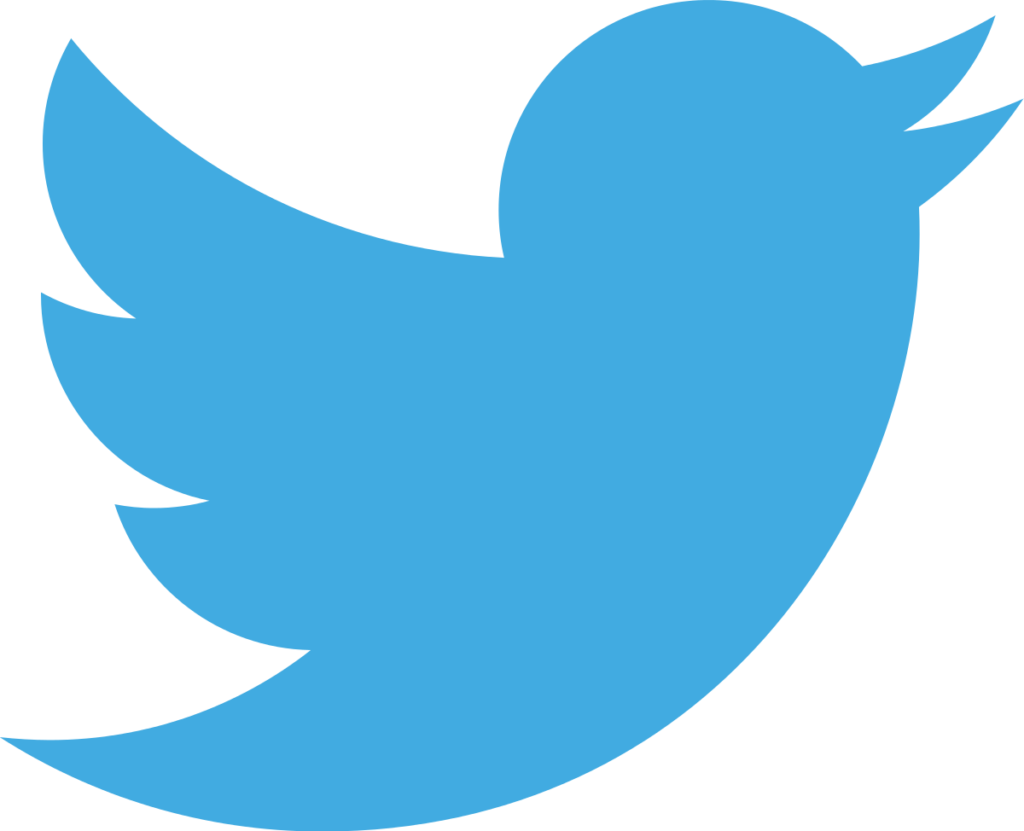
by John Helmer, Moscow
@bears_with
Until recently it was impossible to grow bananas in Russia except in the greenhouse of Count Pyotr Sheremetev at Kuskovo. That eighteenth-century establishment was so costly to operate, the fruit was a rarity meant for the tsar’s table, and not too tasty either.
More than two hundred years of Russian banana history have elapsed since then with the revolutionary outcome that bananas have become the most popular fruit among ordinary Russians – and the bananas are now much tastier than the aristos ever knew. The reason is that almost all the bananas eaten in Russia are grown in Ecuador.
That was until a year ago, when an American plan to recruit the Ecuadorian government to the Ukrainian side in the war against Russia intervened at the same time as the Ecuadorian humpback fly threatened to leap out of shipments of bananas as they landed in St Petersburg and Vladivostok ports. In February 2024, a partial ban was imposed by Rosselkhoznadzor, the federal sanitary inspection agency, on the importation of Ecuadorian bananas.
This has cut the total tonnage of banana imports to Russia by 21% in 2024 compared to the average annual tonnage of the period, 2018-22. For Russian consumers this has meant a banana crisis — fewer fruit in the market to buy, and at a rising price. Over the two years 2023 and 2024, the average price for a kilogram of bananas as measured by Rosstat grew from 80 roubles to 146 roubles – a jump of 83%.
While banana growers in India, Turkey and Indonesia then offered their own bananas to fill the supply gap, government officials announced in Moscow they were considering domestic production. In November 2024 Oksana Luth of the federal Agriculture Ministry announced she was studying a national greenhouse plan for commercial banana production. Andrei Platonov, head of a grower organization called the Association for Development of Subtropical Agriculture, told the press that the growers in his group would soon launch a homegrown banana crop for the first time. “If everything goes well, by the end of this year we will show you bananas grown in Russia,” Platonov told Tass.
On this prospect, President Vladimir Putin has reversed himself.
Putin is the only official in Russian history to have inaugurated a line of banana boats carrying the fruit to St. Petersburg – except that when he did so one Monday in March 2010, the banana boat line had already been operating with specialized refrigerated containers for several months, and with other transport technology for several years before that. The real reasons for the president’s banana interest were, firstly, a move by a St. Petersburg importer named Vladimir Kekhman to establish a commercial monopoly of the imports, driving his competitors into bankruptcy; and secondly, Gazprom’s campaign to lobby the Danish government to drop its opposition to the laying of the first Nord Stream gas pipeline on the Baltic seabed.
That story was first told here. The banana skin proved to be a slippery one. Kekhman’s business collapsed in the British and Russian courts, and his Joint Fruit Company (JFC) went broke. Much later, in September 2022, the Danish government secretly assisted in the destruction of the second Nord Stream pipeline off Denmark’s Baltic Sea island of Bornholm.
Putin then revealed that he is the first Russian leader since Sheremetyev to be growing bananas himself in a greenhouse at his Moscow region dacha at Novo-Ogarevo — and to have invited the press to film the fruit ripening on the tree. That was nine months ago in July 2024.
On bananas Putin has not so much slipped as reversed direction. In 2014 the President was sure, he told a meeting with agriculturalists, that “we are not going to grow bananas here, but we have many crops that can certainly be very competitive.” Eight years later, in June 2022, Putin acknowledged: “No matter how hard we try, we will be unable to substitute bananas, despite our achievements in plant selection, of which our colleagues have reported today. We can, of course, produce them by using LNG to maintain greenhouses in the required condition. But it cannot be produced commercially, can it?”
Putin answered that question seven weeks ago. “Mr Manturov [Deputy Prime Minister, former minister of trade and industry], who is present here, is nodding his head. We discussed this matter with him. I have already spoken about this: just as in agriculture, when agricultural producers begged us: ‘Just don’t let anyone else into our market, we will do everything ourselves.’ Except for bananas, of course. But they started growing bananas, too. It’s a bit expensive, though, and it’s not necessary.”
At the Kremlin, necessity is measured in response to public discontent and then to lobbying by interest groups, or vice versa.
Accordingly, it has been announced that bananas may soon be officially designated for state support for the growers. Sergei Izmalkov, the agriculture minister in the southwestern region of Stavropol has declared that “in order to qualify for certain measures of state support, it is necessary to give bananas the opportunity to be an agricultural crop in the Russian Federation. The Ministry of Agriculture of Russia is working in this direction, and I think there will be results in the near future.” Izmalkov’s plan calls for federal funding of fifteen hectares of greenhouses to be built at the regional town of Nevinnomyssk at a cost of Rb1.4 billion.
Mikhail Minenkov, administrative head of Nevinnomyssk, has confirmed that the banana- growing complex is being built, with the expectation that the first crop will be harvested and distributed commercially in a year’s time. According to Minenkov, passion fruit, mango, avocado, almonds, and pistachios will also be grown at the Nevinnomyssk plantation. “The project is new and interesting for the country and for the region,” Minenkov has told the press. “We have experience in projects in the field of agriculture. Once it sounded strange for Nevinnomyssk that we would grow apples and cherries, but today these projects have been implemented.”
Telephoned last week for a progress report on how his bananas are growing, what the harvest volume will be, and what price for consumers, Minnenkov asked for an email, but then refused to answer the questions.
In fact, there is the general policy that in conditions of wartime mobilization and the hostility of both Ecuador and Denmark, Russia ought to be producing bananas, and so the budget money ought to be going out to growers in the southwest. In practice, however, they have no bananas.
(more…)









